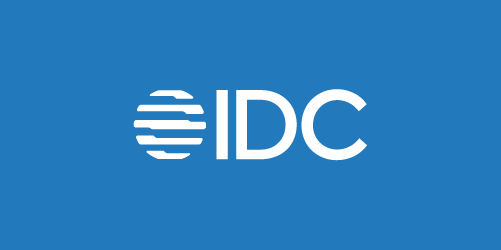Data masking requirements are key to protecting PII and other sensitive data stored by your company to ensure compliance with data protection regulations.
Data masking requirements assure compliance
In 2024 we’ve seen a significant tightening of data privacy regulations globally.
Designed to complement the General Data Protection Regulation (GDPR) by providing specific rules for electronic communications, the EU's ePrivacy Regulation (ePR) will take the place of the now-outdated Privacy and Electronic Communications Directive of 2002. The new law will impose more specific, and much stricter, guidelines on electronic communications, cookies, and direct marketing. At the writing of this article in August of 2024, the ePR is still in discussions between the European Parliament, the European Council, and the European Commission, but is expected to be finalized soon.
In the US, the privacy landscape has seen a surge in state data privacy laws, compelling businesses to navigate a web of compliance requirements across states. On the heels of California’s Consumer Protection Rights Act (CPRA), key state laws that have recently taken effect include Utah's Consumer Privacy Act, Florida's Digital Bill of Rights, Oregon's Consumer Privacy Act, Texas' Data Privacy and Security Act, and Montana's Consumer Data Privacy Act. Each law varies in scope and application, with differences in revenue thresholds, consumer rights, and business obligations.
At the US national level, agencies like the Federal Trade Commission (FTC) and Consumer Financial Protection Bureau (CFPB) are introducing new rules and ramping up enforcement. The FTC's amendments to the Safeguard Rule and Health Breach Notification Rule highlight the increased focus on data breaches and health data security. The CFPB's proposed Personal Financial Data Rights Rule could reshape how financial data is accessed and managed.
The converging factors of stricter data privacy regulations, enhanced enforcement, and expanding data protection scope make data masking a critical component of any data protection strategy in 2024.
Various data masking techniques are required
Data masking is used to protect Personally Identifiable Information (PII) and other sensitive data by replacing it with fictitious, but realistic, data. Data masking tools create a version of data that can be used for testing, development, or analytics – without exposing any personal or confidential information.
Masking data is crucial in environments where PII and sensitive data need to be used for legitimate purposes but must still be protected to protect privacy and comply with regulations.
The two main data masking techniques are pseudonymization and data anonymization.
Pseudonymization involves replacing PII with non-identifiable substitutes, while still retaining the capability to restore the original data. It applies to both structured and unstructured data.
Data anonymization permanently obfuscates data, meaning that there’s no way to reverse the anonymization process and recover the original data. It’s mainly used for testing and analytics.
Different data masking types are required
By enforcing data masking requirements, you can safeguard sensitive information, comply with regulations, and reduce the risk of data breaches. There are several types of data masking:
-
Static data masking
Static data masking creates a sanitized copy of an entire database. Sensitive data is replaced with masked values before the copy is shared. This method is suitable for offline data analysis or testing.
-
Deterministic data masking
Deterministic data masking replaces specific data values with predetermined substitutes. While simple, this type of data masking is considered less secure since patterns can be identified.
-
On-the-fly data masking
On-the-fly data masking obfuscates data as it's transferred from production to non-production environments. This is ideal for data that’s frequently updated.
-
Dynamic data masking
Dynamic data masking is similar to on-the-fly data masking, but streams directly without storing a masked copy. This offers real-time protection but requires more complex infrastructure.
Why data masking requirements are necessary
Data masking requirements should be followed by all organizations for numerous reasons, including:
-
Privacy protection
Masking sensitive information renders it useless to attackers, even if a data breach occurs.
-
Regulation compliance
Data masking helps organizations comply with data privacy laws like GDPR, CPRA, HIPAA, and others.
-
Risk mitigation
By masking sensitive data, organizations reduce the risk of hefty fines and legal repercussions.
-
Test data masking
Test data masking provides safe and realistic datasets for software testing and development.
-
Data sharing
Masking allows organizations to share data with partners and third parties while still protecting sensitive information and mitigating the risk of supply chain attacks.
By implementing robust data masking best practices such as requirements, companies can build trust with customers, employees, and partners while also maintaining a competitive edge.
Entity-based data masking should be a requirement
Entity-based data masking lets you discover and obfuscate sensitive data, while still retaining its usefulness in a wide variety of use cases. Advanced data masking techniques, like dynamic data masking, strike the right balance between protecting data and maintaining its usability.
K2view masks data by business entities, like customers, products, or orders. This approach allows authorized users to work with the masked data of a specific entity while protecting PII and maintaining compliance. And, with sensitive data discovery tools built-in, K2view uniquely safeguards your use case subjects – one of the most important data masking requirements.
Learn how K2view data masking tools meet all your data masking requirements.
















